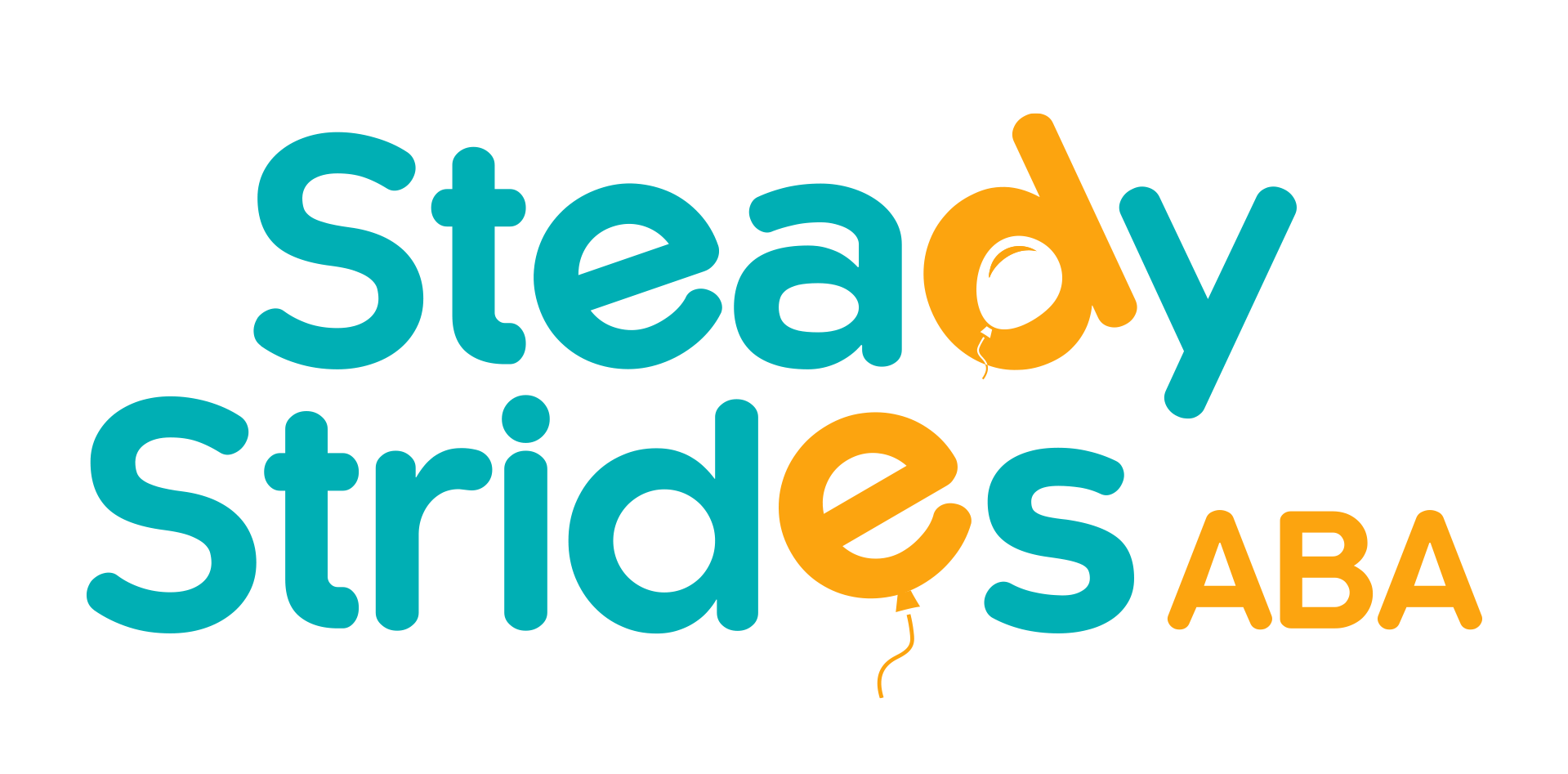Autism spectrum disorder (ASD) is a type of brain condition that begins in early childhood. It affects how a person can communicate and interact with others. Since it is a spectrum, people with autism can have different levels of challenges and strengths. This variety often makes parents and caregivers worry about one question: does autism change as they get older?
Understanding Autism Spectrum Disorder (ASD)
Autism spectrum disorder (ASD) includes different conditions. These conditions often challenge social skills, communication, and repetitive behaviors. The symptoms can vary a lot depending on how strong they are. Because of this, ASD affects people in different ways.
ASD usually shows up in early childhood. Some signs can be seen when a baby is just a few months of age. To understand ASD better, we should think about things like genetics, brain development, and the environment.
Effective interventions are important. Tools like behavior analysis and support systems help individuals with autism manage social situations and daily life.
The Basics of Autism
Autism symptoms usually appear in young children and become more noticeable between the ages of two and three. Although these symptoms can look different from one child to another, they often affect social communication, interactions, and behavior. Some common signs of autism at an early age are trouble with eye contact, delays in language skills, and repeated behaviors.
Children with autism may find social communication difficult. This can include problems understanding nonverbal clues, having two-way conversations, or recognizing social signals. Many autistic children also have sensitivities to sensory inputs. This means they may react strongly or weakly to sounds, textures, or lights.
These early signs are important. If you have concerns, it's wise to seek professional help. Early intervention is key. It helps autistic children get the tools and strategies they need. This support can improve their social situations, communication abilities, and how they handle different sensory experiences.
How Autism is Diagnosed in Children
Diagnosing autism spectrum disorder (ASD) starts with watching a child's behavior and development. Pediatricians check for signs during regular checkups. They look at how children interact, play, and respond to different things. Parents can help by sharing their thoughts and observations about their child's development.
If doctors think autism might be the issue, they often refer families to a specialist. This could be a developmental pediatrician or a child psychologist. These experts can carry out detailed assessments. They will look at a child’s medical and family history, plus the observations from parents and caregivers.
The specialist may use tests designed to check communication skills, social interaction, and behavior. By combining these tests with careful behavior analysis, they can better understand the child's strengths and challenges. This helps them create a more accurate diagnosis and a personal plan to assist the child.
Autism Developmental Trajectory Over the Years
The way autism develops can be quite different for each person. Because of this, it's hard to predict a common journey for everyone. While the main brain differences linked to autism stay the same throughout life, how symptoms show up and affect social interaction can change over time.
This changing nature highlights how important it is to see each person’s unique strengths and challenges at different times in their life. By understanding that there can be both improvements and new challenges, parents, caregivers, and teachers can better help and support individuals. This support can help promote their overall growth and well-being.
Early Childhood and Autism
Early childhood is a key time for helping kids with autism. The brain can change and adapt a lot during these years. Parents of children with autism usually see the biggest changes in symptom severity and skill growth at this time. Early intervention programs mainly focus on building basic skills like communication, social interaction, and play.
These programs often use play-based therapies like ABA. They give children important tools to deal with their environment, meet their needs, and connect with others. Parents play a big part in their child's growth. They should join therapy sessions, practice skills at home, and support a structured environment.
Different children need different levels of early intervention. The intensity and frequency of services can change based on each child's needs. Regular monitoring ensures the plans fit the child's new skills and challenges. As kids grow up, the focus often shifts from basic skills to more advanced areas such as emotional regulation, problem-solving, and pre-academic skills.
Adolescence and Autism
Adolescence brings special challenges for people with autism. They must deal with the changes of puberty, social situations, and more homework. During this time, skills they already know might need to be adjusted for new social needs. Behavior analysis is important for understanding and handling any new challenges.
Social situations can be tough because of unwritten rules and complex signals. Teenagers with autism might need extra help to deal with friendships, dating, and social norms. It is very important for them to learn self-advocacy skills. This helps them express their needs and ask for help in school and social settings.
Parents, teachers, and therapists can work together to support these teens. With the right tools, adolescents can face this time with more confidence and independence.
Adulthood and Autism
Autism does not just go away when a person becomes an adult, which is a common myth. People with autism may learn better ways to handle life and improve how they interact with others, but the main traits of autism stay with them. As adults, they may focus more on living on their own, finding jobs, and building meaningful relationships.
Some adults with autism may still find it hard to engage socially, especially at work or in social situations. Teaching social skills and encouraging self-awareness can help them connect better. It is also useful to support these adults in making strong relationships, so they feel a sense of belonging.
It’s essential to understand that autism can change as someone grows and faces the challenges of adult life. Support might change too, including job training, help with relationships, or skills for daily living. The goal is to offer personalized support that helps each person become independent, speak up for themselves, and improve their overall happiness.
Factors Influencing Autism Progression or Regression
The journey of autism is not just about biology. It is largely shaped by a mix of genetics, the environment, and how well interventions work. We need to understand these factors to create a helpful setting that supports growth and learning. You could find the nearest ABA provider to help you develop autism progression.
Getting help early is very important, especially during key times of brain development. Focused support, tailored care, and continuous therapy are vital for a person with autism. These things can help them excel and reach their highest potential.
Genetic and Environmental Factors
The exact reasons for autism are still being looked into. Researchers think both genetic and environmental factors are important. Some genetic mutations can be passed down from parents, while others happen on their own. These mutations are known to affect brain development. They mainly impact areas that deal with social communication, language, and behavior.
There are also environmental factors that may play a role, even if we don’t fully understand them yet. For example, being exposed to certain toxins before birth, having infections during pregnancy, and having problems during delivery might increase the risk of autism. More studies are needed to show clear connections between these factors and autism.
Research usually aims to find these risk factors. This helps us understand autism better. The goal is to develop ways to prevent and treat it. Genetics and environment both affect the chances of having autism, but neither decides the outcome for sure.
Intervention and Support Systems
Early and effective interventions are very important for helping people with autism and enhancing their growth. While these interventions don't "cure" autism, they provide individuals with tools and support. This helps them handle social situations, improve their communication, manage sensory needs, and learn important life skills.
Supporting individuals goes beyond just early intervention programs. It includes a network of family, teachers, therapists, and local resources. Together, these support systems create a space that encourages acceptance, understanding, and inclusion for people with autism.
Here are some important parts of a strong support system:
- Individualized Education Programs (IEPs): These customized plans set out specific supports in schools to help students learn and interact with others.
- Social Skills Training: These programs teach social communication, appropriate social behaviors, and how to be aware of social situations.
- Behavioral Therapies: These therapies, often based on Applied Behavior Analysis (ABA), help people learn positive behaviors, reduce unwanted actions, and develop key life skills.
Common Misconceptions About Autism
Misunderstandings about autism often come from not knowing how different people experience the world. A common misunderstanding is that autism is the same for everyone. The autism spectrum includes many experiences and forms. It is better to see autism as a mix of strengths and challenges that show up in each person in their way.
Another wrong idea is that autism is a "disease" that needs to be fixed. This thought comes from a medical view that sees autism as something that is not "normal." It ignores the fact that autism is a natural difference in how the brain develops, just like different personalities, ways of learning, and ways of communicating.
Autism Improves or Worsens with Age?
The question of whether autism spectrum disorder gets better or worse as people age is not simple. Autism is a lifelong condition that develops in many different ways. While the main traits of autism stay the same, how severe the symptoms are, how much everyday life is affected, and what kind of support is needed can change as people grow.
A new study shows that some people diagnosed with autism in early childhood may see a big drop in symptom severity as they get older. In some cases, they might reach a point where their autism is no longer medically diagnosable. However, we need to be careful with this finding because it does not mean these individuals have simply "outgrown" their autism.
This study shows that there is a chance for real progress in social communication, skills for daily life, and overall functioning. It also stresses the need for early help, tailored support, and continued therapy. All these aspects are key in guiding the journey of autism and aiding individuals in reaching their full potential.
The Myth of 'Outgrowing' Autism
The idea that people can "outgrow" autism is a harmful myth. It does not consider that autism is a lifelong condition. Some individuals may make great progress and learn to handle social situations better. However, their brain structure is still different. This myth can also lead to false hopes for people with autism and their families.
In reality, people with autism develop in different ways. Some may improve more in certain areas than others. This shows how important it is to provide tailored support and to see what every individual can do well and where they may need help.
Instead of trying to "cure" autism, we should aim to encourage acceptance and understanding. By recognizing neurodiversity and appreciating the unique skills of those with autism, we can help build a fairer and more supportive society for everyone.
Conclusion
In conclusion, autism can change as people get older. This change is affected by many things, like genetics, the environment, and the help they get. It’s important to correct the idea that people can simply ‘outgrow’ autism. We should focus on finding autism early and providing support that fits individual needs. Understanding autism spectrum disorder well helps us give the right resources and support throughout life. If you have questions or need help, please reach out to us for guidance and support.
As a leading ABA provider in Texas, Steady Strides ABA is dedicated to supporting individuals with autism spectrum disorder throughout their lifespan. Our experienced team of behavior analysts understands the complexities of autism and the potential for both progress and regression. We offer personalized treatment plans tailored to address individual needs and promote ongoing development. Choose Steady Strides ABA for compassionate, evidence-based care that empowers individuals with autism to reach their full potential at every stage of life.
Frequently Asked Questions
At what age are autism symptoms most noticeable?
Autism symptoms usually show up in early childhood. This often happens between 18 and 36 months of age. Parents of children may see problems like delays in speech, difficulties with social interaction, or repetitive behaviors during this time.
Can early intervention alter the course of autism?
Effective interventions for autism spectrum disorder can make a big difference, especially if they happen early. These actions can help reduce symptom severity and improve overall growth. By using behavior analysis and customized therapies, people with autism can learn important skills. These skills can help them face challenges more easily.
How do autism symptoms change from childhood to adulthood?
Autism symptoms and how severe they are can change when people move from being kids to adults. But the main challenges usually stay the same. Still, getting better at social communication, adapting to new situations, and speaking up for themselves can greatly improve their experiences.












